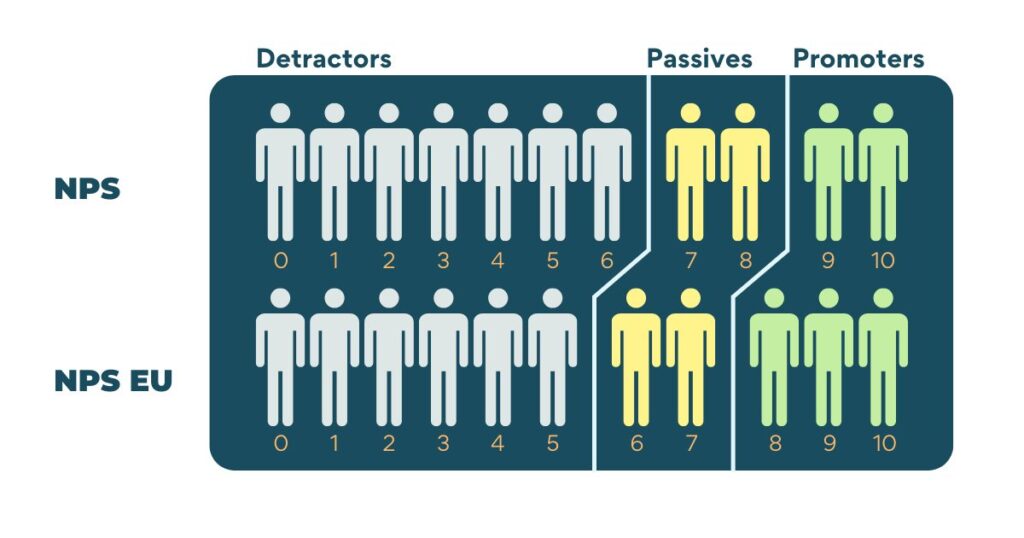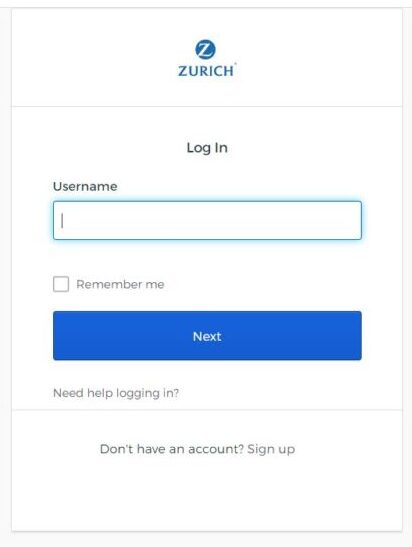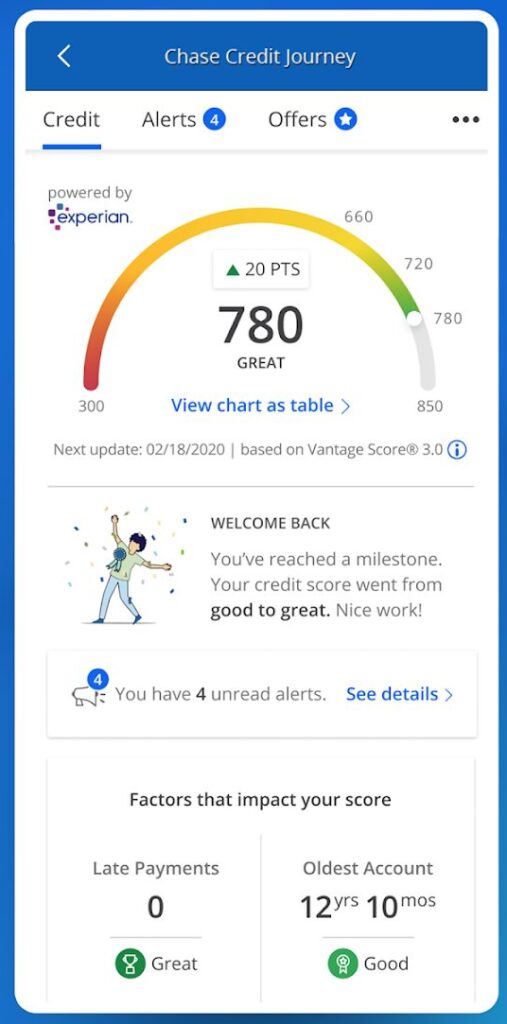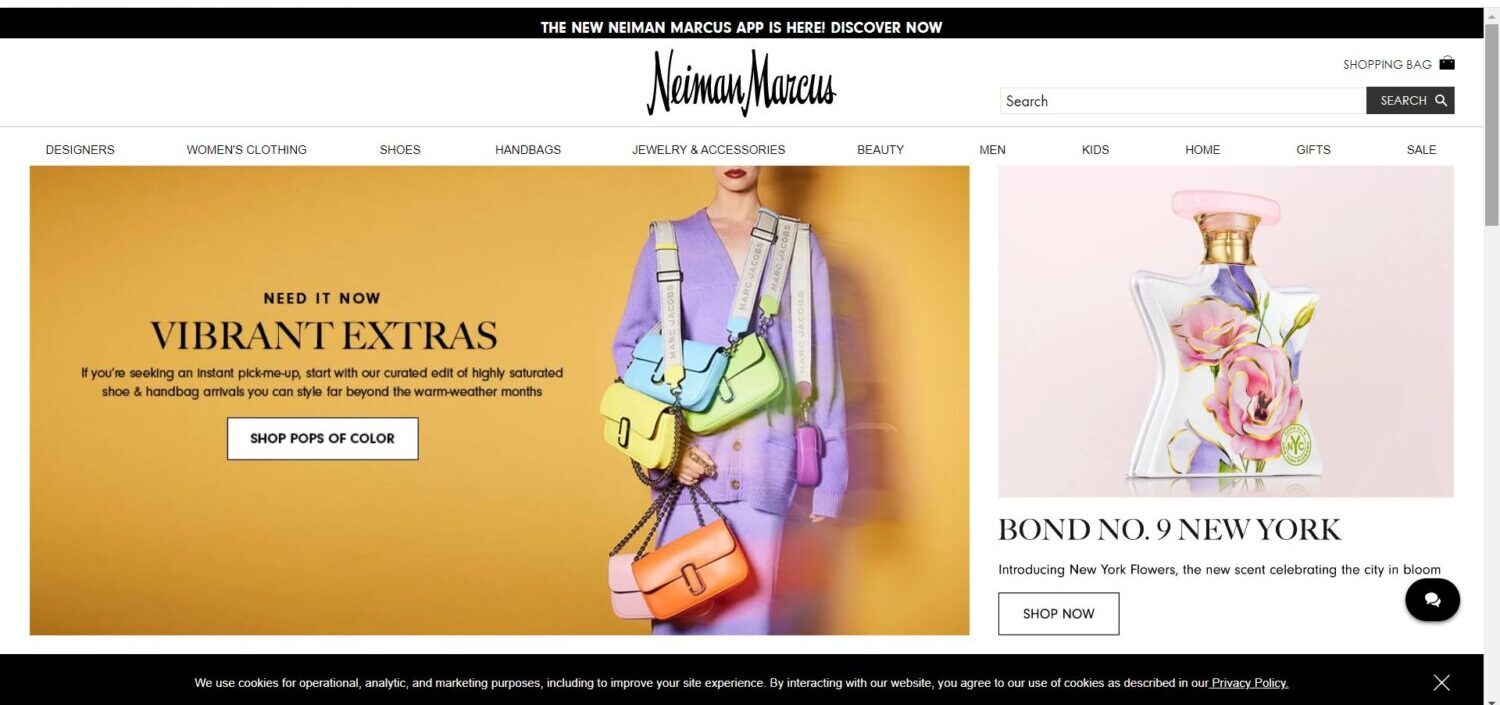6 Ways to Improve Omnichannel Customer Experience

Last updated on March 11, 2024
A marketing strategy with an 89% retention and an even better purchase rate – sounds unreal, right? But with an omnichannel marketing strategy, these numbers are quite achievable.
In fact, several companies, ranging from media to finance, are already investing in an omnichannel customer experience to boost their sales and revenue.
For example, Target, one of the top US retail chains, improved its pickup sales with an omnichannel campaign. Nike, another well-known retail brand, achieved higher annual revenue by investing in multiple channels.
You can also achieve similar figures by building an omnichannel customer experience tailor-made for your business. This article tells you all about omnichannel marketing, its benefits, and the top ways to boost your customer experience.
But first, you need to understand what an omnichannel customer experience is.
In This Article:
Distinguishing Omnichannel Customer Experience and Omnichannel Marketing
Omnichannel marketing customer experience is a strategy that integrates all marketing touchpoints – both offline and online – to create a seamless customer journey.
Buyers will get a connected brand experience throughout all channels, including physical outlets, e-commerce stores, social media pages, and even through SMS and push notifications.
Consider a customer looking to buy sports shoes from a popular brand. In a single-channel strategy, they need to visit a physical store and purchase from the limited options available.
However, in an omnichannel experience, the customer can browse the brand’s website for multiple options, try-on styles virtually, and place an in-store pickup to get a perfect size fit.
Or, they can scan products in physical stores to instantly check online reviews and user images before making a purchase.
But a connected user experience isn’t the only advantage of an omnichannel marketing strategy. You can also leverage customer feedback using an Omnichannel Survey App to manage the overall experience of your customers. Here are some more ways omnichannel marketing can benefit both your buyers and your business.
Benefits of omnichannel customer experience
Today, most customers prefer using multiple channels for shopping. Brands that adopt an omnichannel approach attract more such customers that are looking for seamless experiences across various channels.
Apart from higher customer acquisition and retention rates, omnichannel customer experience provides the following benefits:
Acquire high-value customers
With an omnichannel experience, you get customers who are willing to spend more and have a generally higher worth for your brand. Customers who shop through multiple channels also have a higher lifetime value when compared to single-channel shoppers.
These customers repeat their purchases, are more brand loyal, and generate higher revenue for your brand at the same acquisition costs.
Build strong customer relationships
Today’s buyers want omnichannel customer service. They want to browse online, pick up offline, and tag your brand on social media. By creating an omnichannel presence, you value customers’ opinions and create shopping channels aligned with their requirements.
Customers not only get multiple ways to access your brand but also feel respected and seen, creating a better brand image.
Leverage personalized marketing
Personalized marketing is generating big numbers, with 76% of consumers preferring brands that personalize. To achieve this, you need information on customer behavior, interests, and trends.
Building an omnichannel experience helps you access customer data from all your touchpoints. You can see popular searches, clicks, likes, scans, and other online and offline behavior to assess their interests.
This data will help you create individual experiences for customers. For example, you can send offline purchase coupons through SMS for a most-searched product by a customer on your brand page. You can also send SMS surveys to post transactions or during purchases to measure customer satisfaction.
Omnichannel customer experience has several benefits, but businesses often face roadblocks when implementing these brand strategies. Want to avoid these mistakes? Here are some common challenges businesses face when creating an omnichannel experience.
Common Challenges Faced While Building An Omnichannel Customer Experience
Building consistent customer experiences across channels is challenging for businesses. In addition to creating a cross-channel presence, brands have to consider timing, customer response, and other factors to tweak their marketing strategies.
If you want to build a positive omnichannel experience, you need to overcome the following barriers:
Unify fragmented data
Creating a customer-centric omnichannel experience includes regularly analyzing data and updating your strategy. But omnichannel strategies utilize data from more than one source, which is often unstructured, fragmented, and not ready for analysis.
This data cannot be directly integrated and compared as they have different formats. You need to identify the right tools, structure data using similar schemas, and analyze depending on both campaign-related and platform-related factors.
Integrating backend functions
Consider a customer discovering your brand, placing orders, and receiving their product in a week. Now multiply these operations by the number of channels in your marketing strategy. Can you work with the same efficiency?
If seamless front-end functions are the aim for omnichannel, you need an integrated backend to keep track of inventory, logistics, sales, returns, and so on. Otherwise, it causes inefficiencies in order fulfillment and leads to customer dissatisfaction.
For example, think about incorporating a sophisticated multi-stop route planner in your logistics processes. This can help manage possible shipping delays and enhance the efficiency of the entire delivery operation.
Staying Consistent with personalization
With customers demanding a high level of personalization, we cannot ignore it in omnichannel strategies. But with multiple channels, user identification and behavioral data integration become challenging.
To provide a consistent, personalized omnichannel experience, you need high visibility into customer journeys and a strong understanding of each touchpoint’s contribution.
Most omnichannel customer experience challenges can be solved by continually measuring customer satisfaction metrics and taking quick actions based on the insights.
Key Metrics to Track Omnichannel Strategy Success
Customer satisfaction drives omnichannel strategies and influences the sales, revenue, and ROI of marketing campaigns. Here are the key metrics you can track to determine omnichannel strategy success:
1. Net Promoter Score – NPS
Net Promoter Score determines customer satisfaction by determining how likely they are to promote your brand among their peers. NPS uses a single-question survey with a scale of 1-10.
Depending on the data, customers are divided into promoters, detractors, and passives. A high NPS score indicates customer satisfaction, where they are highly likely to recommend your brand to others.

2. Customer Satisfaction Score – CSAT
Customer Satisfaction Score is a straightforward customer input approach that indicates satisfaction at a more granular level than NPS. A CSAT survey involves several questions about various levels of the buying journey.
Each stage can be separately rated by consumers, giving a more holistic view of customer satisfaction.
3. Customer Effort Score – CES
Customers expect easy processes when availing of a product or service. But some purchase processes are complicated, decreasing customer satisfaction and loyalty.
The customer Effort Score measures the level of effort customers need to put to use a product or service. A high CES indicates an effortless purchase process and is ideal for a successful omnichannel customer experience.
4. Customer Churn Rate – CCR
Customer Churn Rate is a measure of customers that leave your brand over time. A high CCR indicates an equally high level of customer dissatisfaction with your marketing strategies.
If your CCR is above average, you need to identify problem areas at various stages of the buyer journey instead of focusing on acquiring new customers.
Regularly tracking these metrics and optimizing your omnichannel strategy will help you create a satisfying customer experience across all channels.
Not sure how to implement these strategies? Here are a few examples to build a highly successful omnichannel customer experience.

6 Ways To Improve Your Omnichannel Customer’s Experience
Omnichannel doesn’t just mean marketing on multiple channels. The experiences across all these channels should be integrated, connected, and consistent. Follow these below tactics to ensure a seamless, omnichannel customer experience.
1. Engage buyers at every step
Customers are constantly interacting with brands, whether through their social media pages or at physical stores. Brands that provide more interactive opportunities for consumers improve their visibility, boost revenue, and also build a loyal consumer base.
You can build engagement by hosting social media contests, creating an in-store loyalty program, or simply asking customers to like their favorite posts from your brand. This will help you generate a lot of more leads.
Retail company Lifestyle has significantly improved its retention rate by focusing on customer engagement. They analyzed buyer stages to determine drop-offs and used SMS and email channels to interact with customers at every step.
2. Build visibility by using a channel in multiple ways
Brands often confuse “visibility” as simply being present on a channel or platform. But just uploading posts or advertising on billboards won’t make your brand visible enough, especially when other companies are doing the same.
Instead, use a single platform to show your brand in multiple ways. You could use social media to start hashtag campaigns or display website-only deals apart from regularly posting. Or you can use email to send promotional campaigns and newsletters for the latest updates.
Marks & Spencer, a well-known retail brand, hosts live consultations on their website apart from displaying their products. The brand got a high response rate even in the initial days of the campaign.
3. Make it seamless for everyone – even your team
While customers love a seamless omnichannel experience, the strategy will only work if your team can access the platform with equal ease.
Your front-end team should be able to interact with your customers on all channels in the same connected way. This means integrating all your communication channels, building centralized access to customer information, and creating an omnichannel interface for your team.
Zurich Insurance, a Swiss-based insurance company, created an integrated platform for all agents. The platform helped agents work seamlessly across devices such as smartphones, tablets, and computers.
Agents could easily maintain user data and sell policies through a single platform. The result? Happy agents, happier customers, and a sharp rise in policy business.
4. Optimize for mobile
From browsing for products to shopping on websites, customers use mobile devices for everything. In fact, 84% of consumers use their phones for shopping, even when they are in a physical store.
If you want to attract these consumers, optimizing the CX for mobile devices is crucial. You can do this by:
- Designing websites with mobile-friendly templates
- Creating dedicated brand apps for smartphones
- Ensuring your website, app, and other digital channels are integrated.
Chase Bank, a commercial banking company by JP Morgan, has an optimized website and a smartphone app to assist consumers with financial services. Users can send money, create budgets, check credit scores, and do much more with their mobile devices.
5. Focus on customer support
Providing customer assistance wherever possible helps your customers make better decisions and builds a strong brand perception. This can be in the form of product recommendations, query resolutions, or even post-purchase support.
With today’s technology, providing customer support is easier in an omnichannel scenario. You can leverage AI chatbots and automated messages to solve customer queries. For in-store assistance, you can engage brand representatives or provide scannable codes to access online chatbots.
Sephora, a leading cosmetics retailer, has introduced a live chat where real beauty experts assist customers with queries. Through this platform, buyers can get advice, tutorials, and even place orders for same-day delivery.
6. Personalize all channels
Personalizing brand content for individual customers drives sales and strengthens customer relationships. This not only includes displaying ads based on customers’ search history but also curating every step of the buyer journey based on individual interests.
To create a personalized omnichannel experience, you need to integrate all customer data through offline and online channels. For example, you can link in-store and online purchases of a single customer through their phone number or email address.
This data can be further used to make recommendations and offer unique discounts based on their interests and purchase history.
Neiman Marcus, a luxury brand retailer, uses personalization to improve their online experience. They use customer data, specifically from search filters, to recommend products based on preference.
Their AI-based platform remembers search criteria, such as size, color, and brand, to create recommendation lists. They also use location-based data to send deals and coupons at relevant times.
Final Thoughts
From online sites to shopping malls – consumers are everywhere. If you want to acquire them and build a loyal customer base, your brand should reach them on every single platform.
You can ensure this by understanding what is an omnichannel customer experience and tailoring your brand’s strategy for the same.
The above examples of ways to improve omnichannel customer experience are already tested by well-known brands with great results. Customize them for your business and build an omnichannel experience your customers will love.
Want to further boost your customer experience? Start mapping your customer Journey with Lumoa!






